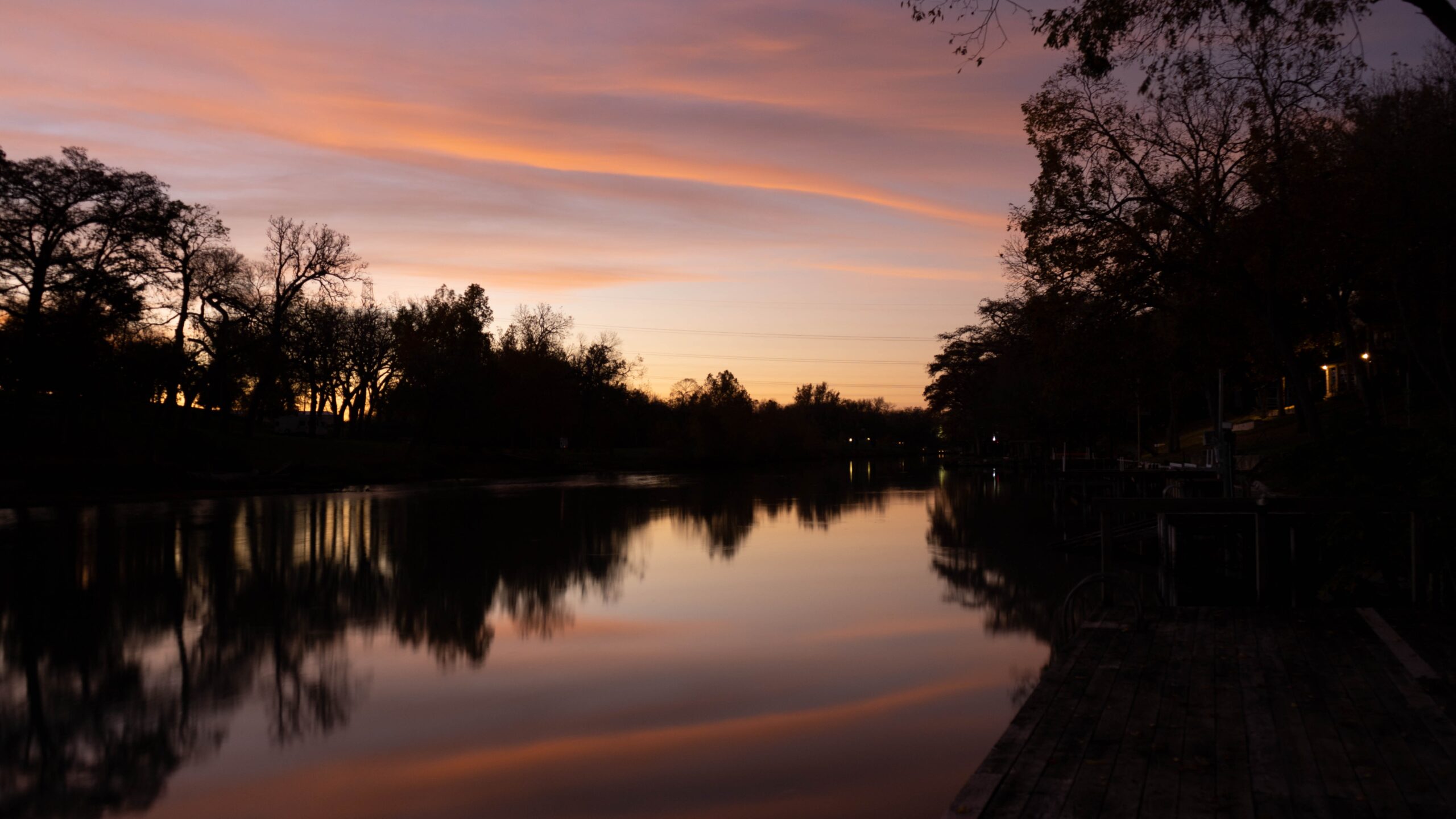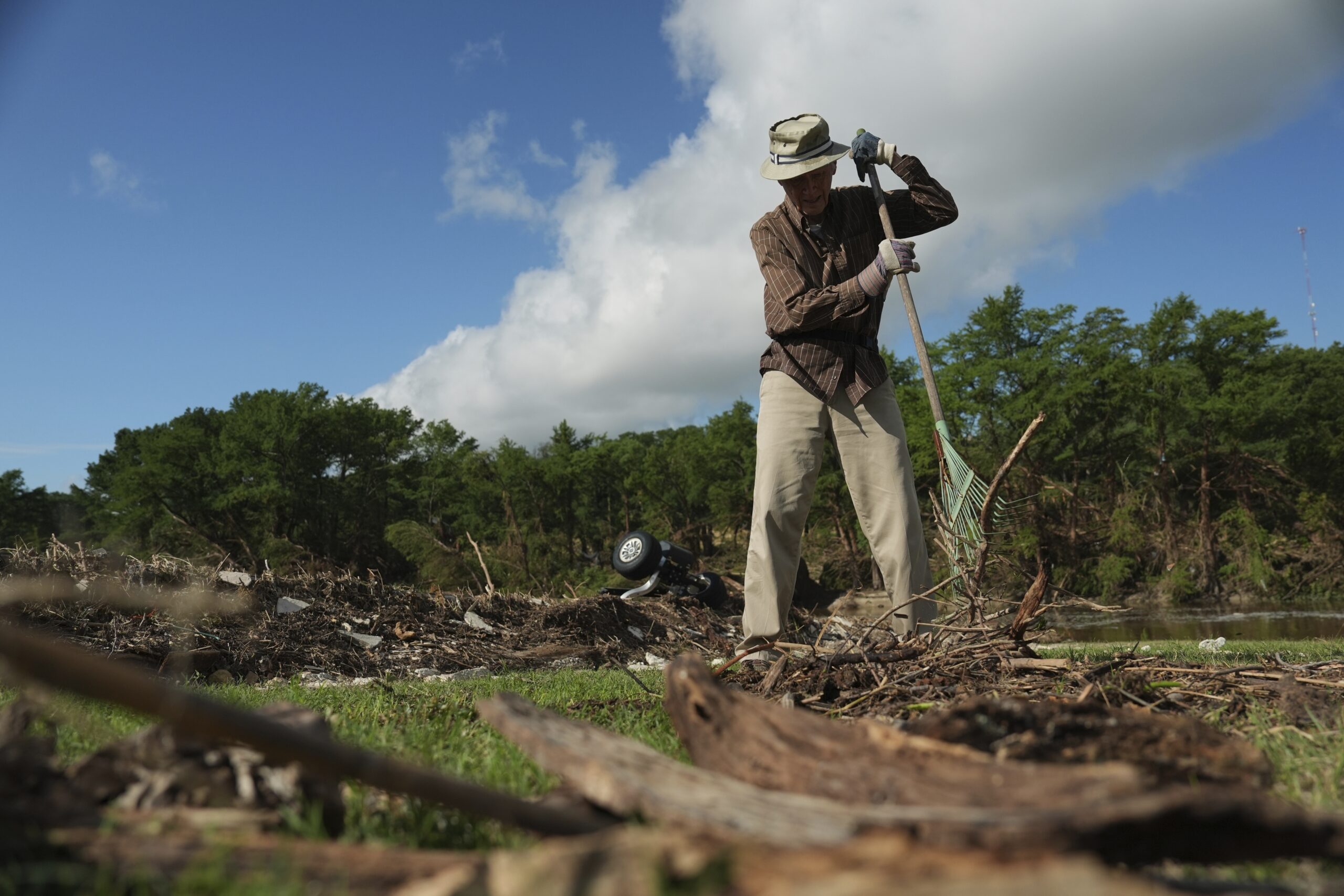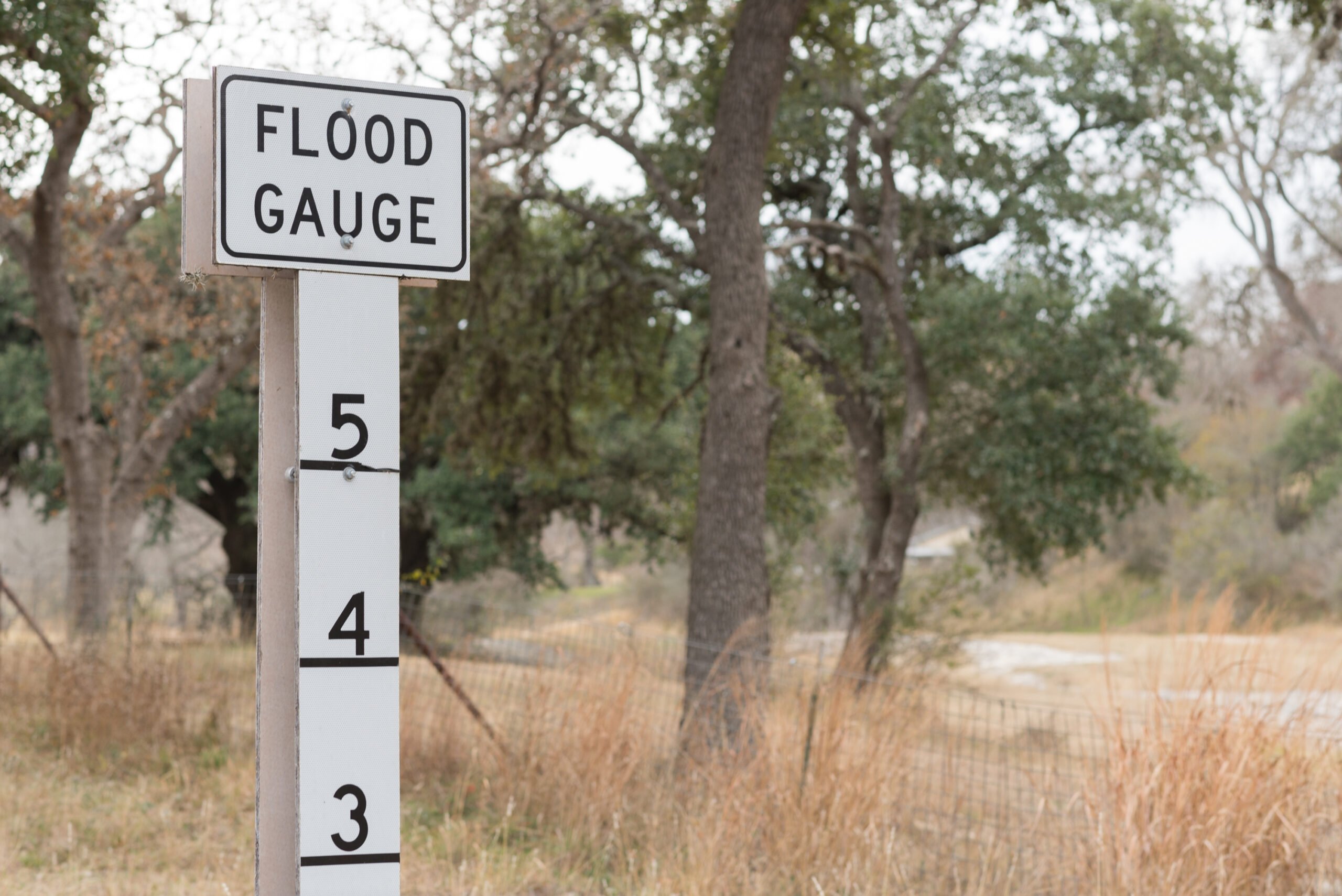True Grit
The Worst Hard Time:
In China, the dust is flying. Stinging sandstorms have been billowing up from Inner Mongolia and the Tibetan Plateau and are sweeping east to blot out the skies over Beijing; so powerful are these night-dark surges that they snarl the capital city’s ground and air transportation and compromise its public health, pounding it with upwards of 500,000 tons of sand a year. Blanketed too are the Korean Peninsula and Japan; even stretches of western Canada and the United States have been hit with the storm’s residue.
The origins of this environmental disaster, which began in the late 1990s, are many. As China’s coastal cities swell in population—Shanghai is now over 20 million people—and absorb once-productive farmlands for housing and industry, they are required by a 1994 law to pay other provinces to increase acreage devoted to agriculture. The result has been devastating: Ever-more marginal lands have been put to till; more sheep, cattle, yaks, and goats are herded onto already overgrazed terrain so that an estimated 340 million herbivores are mowing down its formerly (and famously) verdant plains. As loggers clear-cut mountain forests and do little to regenerate these watershed woodlands, as a decade-long drought parches the land, and as groundwater pumping escalates at a dizzying pace, the land is rapidly converting to scrub. The Chinese EPA calculates that the Gobi Desert alone has increased by over 25,000 square miles since 1994. Desertification is costing China $7.7 billion a year, the Boston Globe has reported, “and about 4,000 villages have been swallowed by the encroaching desert and wordlessly stricken off maps.”
Americans know something about being blown off the charts. Unfold a map of the High Plains and then head off through its unending sweep; stop at any of the four corners, get out of your car, and listen. Chances are you will hear the wind, watch dust devils swirl and dance across nearby untilled fields, and maybe even catch a tumbleweed as it rolls along. But a human voice, an engine thrum, a child’s laugh—these are much harder to come by. The ground, hardened by yet another multiyear drought, no longer yields a rich crop or much hope. There are fewer people in western Nebraska today than there were a century ago, a situation paralleled in Dallam County, occupying the northwest corner of the Texas Panhandle; its population peaked at a touch more than 7,800 in 1930 and by the 2000 census had slid to 6,200. This once-vibrant land is baked, cracked, and empty.
What you encounter there—or don’t—is the aftershock of the crushing drought that coincided with the Great Depression. No one at the time had seen it coming, and they cheerfully assumed that the good times that had led them to settle the fertile grasslands would carry on. Their response was understandable. They had been lured to the region by low-priced, Homestead Act lands just before World War I; thanks to robust federal subsidies to expand agricultural production during The Great War, farms began to replace ranches as the economic mainstay of the Plains states. This was especially true of the arid and little-inhabited region where Texas, Oklahoma, Kansas, and Colorado come together. There, the rapid conversion from muscle to machine—with tractors leading the way—transformed the human presence on the land. New towns appeared as if by magic, bank loans and commercial credit fueled speculation in crops and acreage, wind-powered pumps sucked up water out of the Ogallala Aquifer, and land agents drove up property prices. As long as the rain fell, the wheat grew and the markets swelled.
You know what happened next: annual precipitation evaporated, shrinking harvests and escalating foreclosures; in-town businesses began to shut down and farm families began to drift away. The land started to move, too: With its ancient sod stripped off and its drought-baked soils calcified, the ever-present wind spun the ground up into the sky, a fine-grained and dangerous atmosphere. “Dust clouds boiled up, ten thousand feet or more … and rolled like mountains—a force of their own,” Timothy Egan writes in his stunning new book, The Worst Hard Time. What goes up must come down: “When the dust fell, it penetrated everything: hair, nose, throat, kitchen, bedroom, well. A scoop shovel was needed just to clean the house in the morning. The eeriest thing was the darkness. People tied themselves to ropes before going to a barn just a few hundred feet away.” As Isaac Osteen remembered: “There’d be days, you couldn’t see your hand in front a’ your face.”
Even breathing proved deadly. Cattle and horses, blinded by the swirling clouds, suffocated as their lungs filled with sand; gagging kids died of dust pneumonia. Nearly joining their number was Jeanne Clark. On Black Sunday, April 14, 1935, the single worst duster of all screamed down the Plains bearing “twice as much dirt as was dug out of the earth to create the Panama Canal.” Upwards of 300,000 tons “was airborne that day.” Although braced indoors as the storm blasted her home and wearing a homespun filter over her face, Jeanne inhaled so much matter into her eight-year-old lungs that she was hospitalized with little hope of recovery. She survived but was scarred for life.
So was Don Hartwell. In August 1937, his remaining herd consisted of “three lame horses and a single hog,” and he recounted their collective hard life in his diary, a laconic document that Egan uses skillfully to reveal the withering away of people and place. “I cut down a dead tree W. of our house,” Hartwell noted on Nov. 8, 1937. “I set out this tree more than 20 years ago, it was a Norway Poplar & it seemed that when it turned green that spring had really come. But the drouth of the last few years got it—the same as it has us.” Without money for seed and far behind on his mortgage payments, he knew he and his wife Verna could not last long in Inavale, Neb. By the next April, his situation, if possible, was even worse: “With only 2 horses, not a cent to our name, not a cent of income for the last four years I just don’t know exactly where to turn.” His wife found work in Denver, but her absence only made his life on the farm that much more excruciating. By the next winter, he felt cornered, buffeted by a “cold mean wind,” and friendless, his neighbors having “vanished like last year’s crop of turnips.” By then, the Federal Land Bank had warned that it was foreclosing on his property, leaving Hartwell to wail: “Those who coined the phrase, ‘There’s no place like Nebraska’ wrote better than they thought. In Nebraska, you don’t have to die to go to hell.”
Egan captures Hartwell’s destitution—”Everything is a reek of dust. It is in your clothes, you taste it; feel it”—and gives it, and by extension so many others’ brutal experiences, an intensely human dimension. That’s what makes The Worst Hard Time so powerful. Like John Steinbeck’s Grapes of Wrath (1939), its characters come alive, revealing and reveling in their many flaws. But unlike Steinbeck, Egan is focused on those who held their ground: Hartwell could have fled as had the fictional Joad family, but did not until the bitter end because he did not know what else to do. Just as stubbornly rooted were the members of the Last Man Club, established in Dalhart, Texas, by the town’s quirky newspaper publisher John McCarty; he thought that blasting TNT in the sky would produce rain, as crazed a response as was the club’s die-hard pledge—”to be the Last Man to leave this country, to always be loyal to it,” and to do so until “hell freezes over.”
This insane resilience, and the brittle humanity with which it was paired, are on full display in Egan’s work, setting it apart from the other iconic document of the Dust Bowl, Pare Lorentz’s film “The Plow That Broke the Plains” (1936). While The Worst Hard Time replicates Lorentz’s pathbreaking analysis of the catastrophe’s origins and adopts its apocalyptic vision of this End of Times—a borrowing that goes unacknowledged for 250 pages—it gives the documentary’s many weathered faces a name, its wind-savaged towns a spot on the map. Bam White, an old cowboy “with a handlebar mustache who lived in a two-room shack with his family” on the edge of Dalhart and who had an “old plow, which was covered by drifts,” earned $25 to hitch up his horses and let Lorentz shoot him turning over the infertile soil; “silhouetted against the blowing sand, [White] became the lasting image of the film.”
The book’s first image is its most enduring: The translucent jacket, on which is a terrifying photograph of the punishing Black Sunday storm, obscures, though not completely, the hardcover color photo of two males staring straight ahead. Like Bam White, who “had a face with the hard years, heat and gusts etched into it,” their pitted, cracked, and sun-burned visages embody the land and its deep pain. And like the landscape, these men are off center, their faces broken in two by the book’s physical contours, its spine and edge. On the Great Plains during the Dust Bowl, everything was sheared off.
Char Miller is director of urban studies and teaches environmental history at Trinity University; he is author of Gifford Pinchot and the Making of Modern Environmentalism and Deep in the Heart of San Antonio: Land and Life in South Texas.


